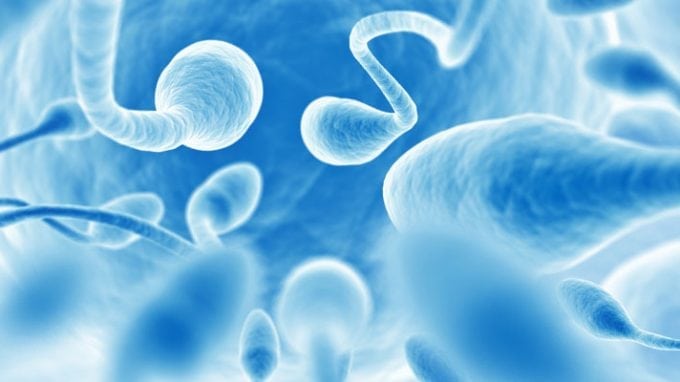Morphology refers to the shape of a single sperm when it is put under a microscope. The shape of the sperm head and the size of the sperm is measured. The sperm’s head is what helps to dissolve the outer surface of the egg in order to fertilize it. Normal sperm have an oval head with a long tail. Abnormal sperm have head or tail defects that could result in things such as a large head or a crooked tail. Defects like this might affect a sperm’s ability to reach and fertilize an egg.
What is Abnormal Sperm?
Research shows not all sperm look alike. Abnormalities of size and shape within sperm head, tail, and midpiece can occur. In some cases these abnormalities do not affect fertility. Yet, in other cases the sperm may not be able to move properly or with enough speed to penetrate the egg. A low morphology score within a semen analysis may not directly indicate infertility. It is considered good to have at least 30 percent of “normally” shaped sperm within a semen exam.
Abnormally shaped sperm may contain abnormal DNA. It is possible that sperm with abnormal morphology might be short a chromosome or contain an extra chromosome. If this is the case, the body may not allow the sperm to penetrate the egg, in the attempt to maximize genetic potential for the development of an embryo. Therefore, this does not allow conception to occur.
Causes for Abnormal Sperm Morphology
Research shows that there are three main causes for abnormal sperm morphology.
● Exposure to toxic chemicals
● Increased testicular temperature
● A genetic trait
Natural Treatments for Sperm Morphology

It is important to keep the testicular area cool. If you work in a job that requires you to sit for most of the day, it is important to get up and walk around every so often. When sitting for prolonged periods of time, it allows the testicular area to increase in temperature as the testicles are drawn up closes to the body. Sleeping or wearing tight fitting underwear and pants might also cause the temperature of the testicular area to rise.
If the cause is a genetic trait this cannot be fixed naturally. Instead, you should discuss options and treatment with a fertility specialist.
Research shows that it may take up to 18 months to see improvement in sperm morphology.
When to Seek Help
Natural approaches may not always work to solve all sperm morphology problems. If you and your partner have been trying for one year of unprotected sex or more it may be time to seek help from a medical practitioner. Sperm morphology is only one piece of the puzzle when it comes to fertility. It is important to talk to your doctor or fertility specialist to get the medical treatments or help that you may need. Research shows that if low sperm morphology occurs doctors may recommend assisted reproductive technologies.
A commonly recommended assisted reproductive technology for low sperm morphology is that of intracytoplasmic sperm injection (ICSI). A normal sperm is isolated from a semen sample and directly injected into an egg for conception. This process allows for a specialist to choose the best option for fertilization from the sample.

